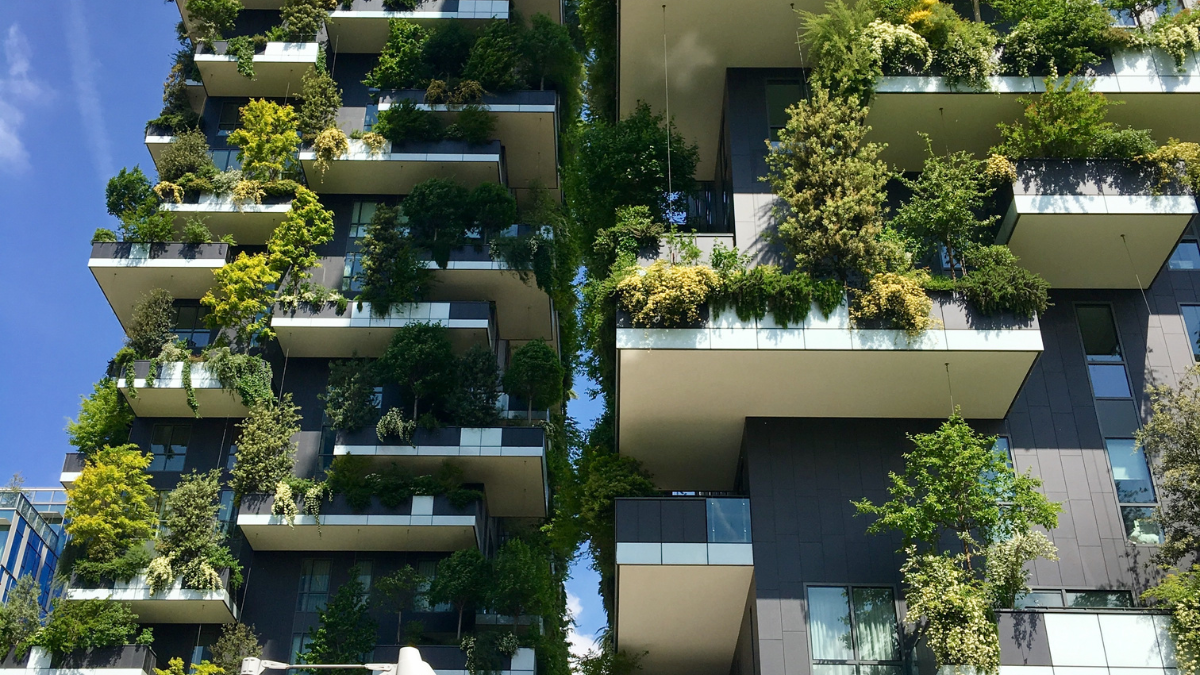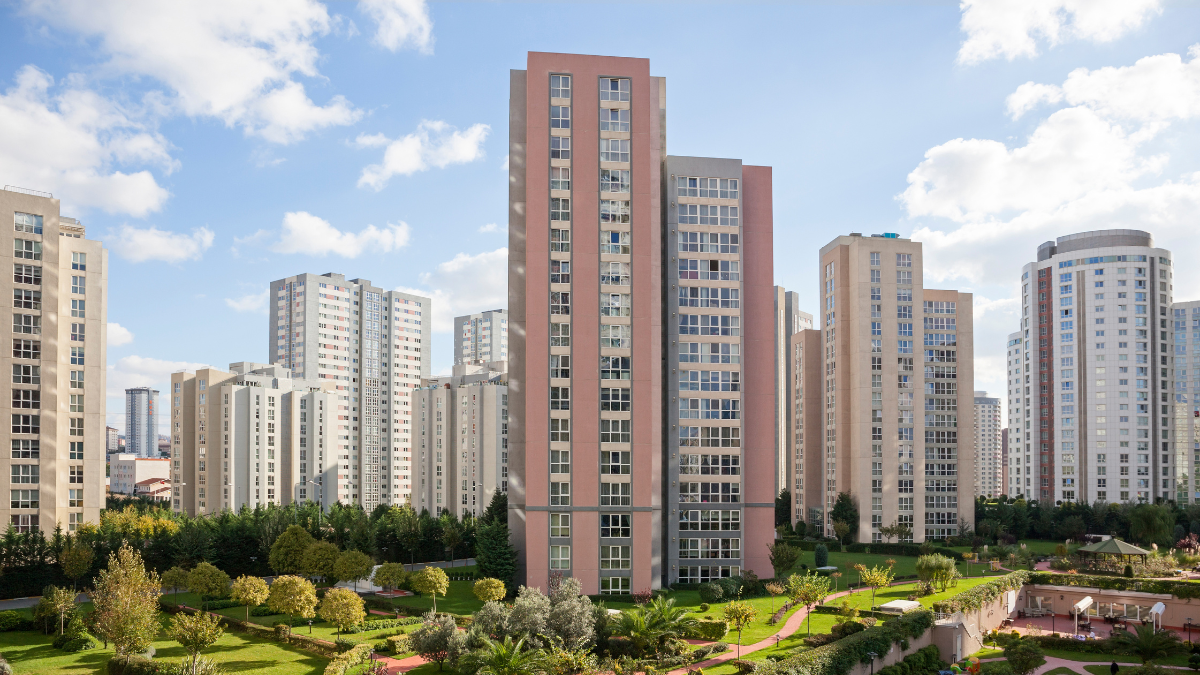
Zero energy buildings: Their importance to real estate future
June 9, 2022 . Real-Estate Industry . 10 min readClimate change can no longer be denied. Rising temperatures, shifting snow and rainfall patterns, frequent storms, and wildfires are all strong indicators of global warming. Governments all across the world have started signaling their intent to reduce their carbon footprint. While all the sectors are being optimized in terms of energy consumption, the development industry has been identified to have the potential to make significant reductions in emissions. The rise in population in the cities will eventually lead to the need for residential buildings which may lead to high energy consumption. The question is how to accommodate the needs of the rising population without negatively affecting the environment. Zero energy building is the answer.
What is a zero energy building?
They are built to combat climate change by cutting power emissions dramatically. They consume only as much energy as they can generate onsite through renewable resources over a given period of time. In other words, they use energy resources that are renewable and lead to a lower carbon footprint.
These buildings are constructed by incorporating climate-responsive design and technology interventions. To meet the energy demands of a building, renewable energy sources like solar PV, wind energy, or onsite geothermal power are utilized. Both on-site and off-site renewable energy resources are used in the process of constructing a zero-energy building.
Why are zero-energy buildings needed?
They have several financial advantages including reduced energy consumption, improved energy efficiency, and improved energy security. Sophisticated home batteries and energy management systems can enable homeowners to better control their energy consumption. This also allows the building to become net positive and enables owners to live a low carbon life.
The need for zero-energy buildings is on the rise due to the rising energy costs, scarcity of fuel, and an alarming increase in global warming. Earth’s non-renewable resources are vanishing at a rapid pace making it extremely crucial to shift to a more sustainable lifestyle.
Steps to build a zero-energy building?
Now that we have understood why zero-energy buildings are the next big step toward a better future, let us see the several steps involved in creating them.
- The first step is to audit the building’s energy demand with the help of micro-climate analysis, simulations, and on-site measurements.
- The second step is identifying and implementing passive design features and active tactics including daylight sensors, occupancy sensors, motion sensors, etc.
- The third and final step is carefully creating alternative energy supply strategies that are not only renewable but also low-emission. Both off-site and on-site renewable resources are utilized to meet the energy consumption demands.
Advantages
There are several advantages that not only improve the lives of the homeowners but also impact the environment positively. Let us discuss the major benefits of living in a zero-energy building.
- Complete isolation from any future energy price increases as they are self-sufficient.
- The net monthly cost of living comes down significantly.
- Higher resale value as the value of a zero-energy building will increase every time energy cost increases.
- They are high on comfort due to more uniform interior temperatures.
- Allows building owners to live a low carbon life.
- Better control of energy usage through advanced house battery packs and power management systems.
- Improved energy efficiency leads to a reduced total cost of ownership.
Disadvantages
Owing zero-energy buildings has its own set of disadvantages however in the long run the advantages outweigh the disadvantages proving this to be a good investment decision. Let us take a look at some of the negative attributes of zero-energy buildings.
- The initial cost of a zero-energy building can be higher.
- Very few designers have the required skills to create such a building.
- Climate-specific designs of a building may limit future ability to adjust to rising or falling ambient temperature due to global warming.
- Recovering higher initial costs during the resale of the building can be challenging as the appraisers are uninformed.
- The value of capital invested in the solar electric generating systems will eventually decrease as the prices of new photovoltaic solar cell equipment technology fall.
Conclusion
Zero-energy buildings might turn out to be a game-changer for not only the construction industry but also for the energy sector. They are a practical approach to cutting down energy consumption while lowering the maintenance cost. Despite the higher upfront cost of understanding, maintaining, and executing zero net energy use, the pace at which measures are implemented has now been increased as the knowledge amongst the stakeholders is increasing. Zero energy buildings could become an essential feature of the country’s long-term property markets as it offers a feasible way to reduce power consumption and allows owners to enjoy a lifetime of reduced maintenance cost.



